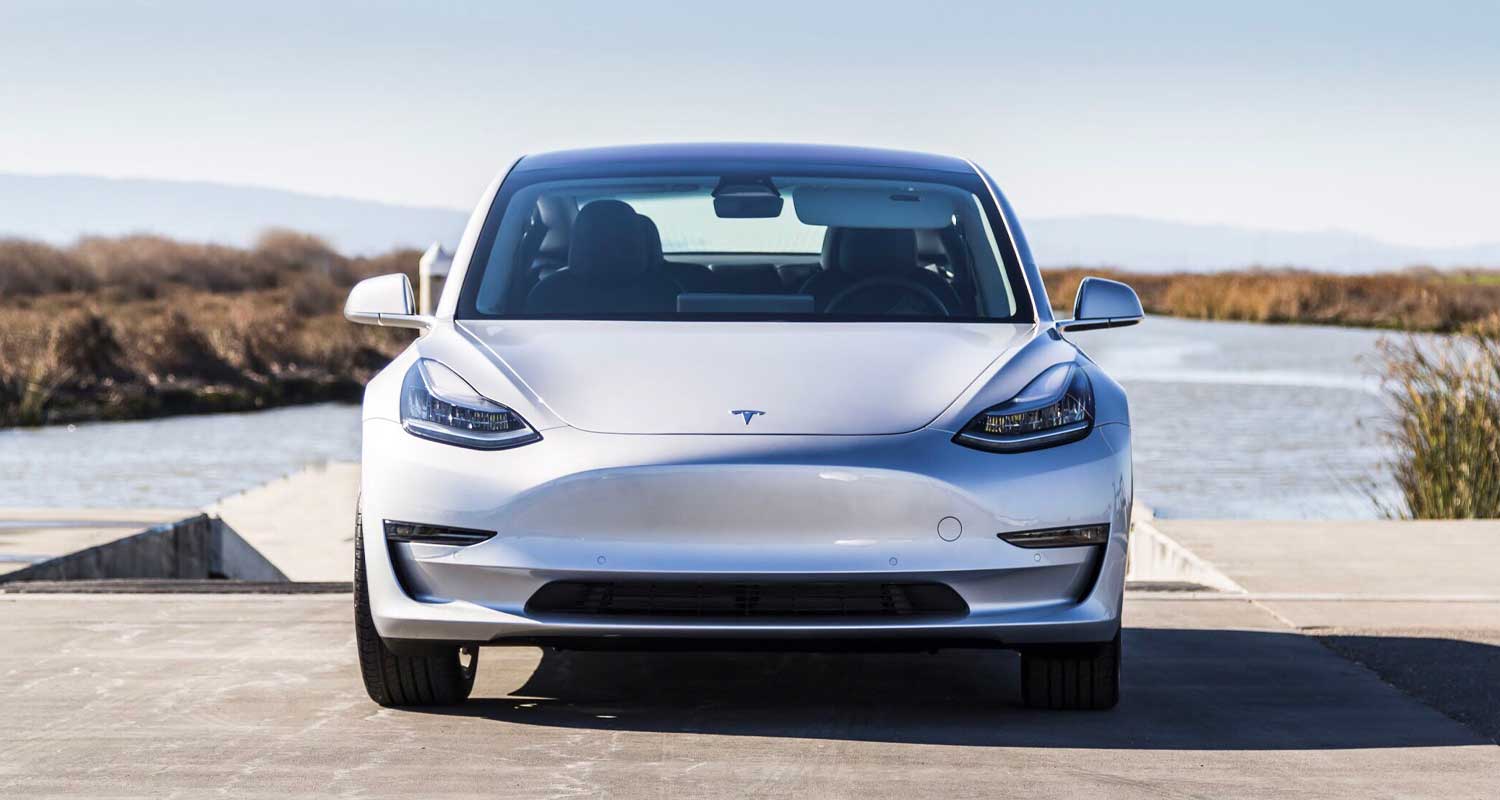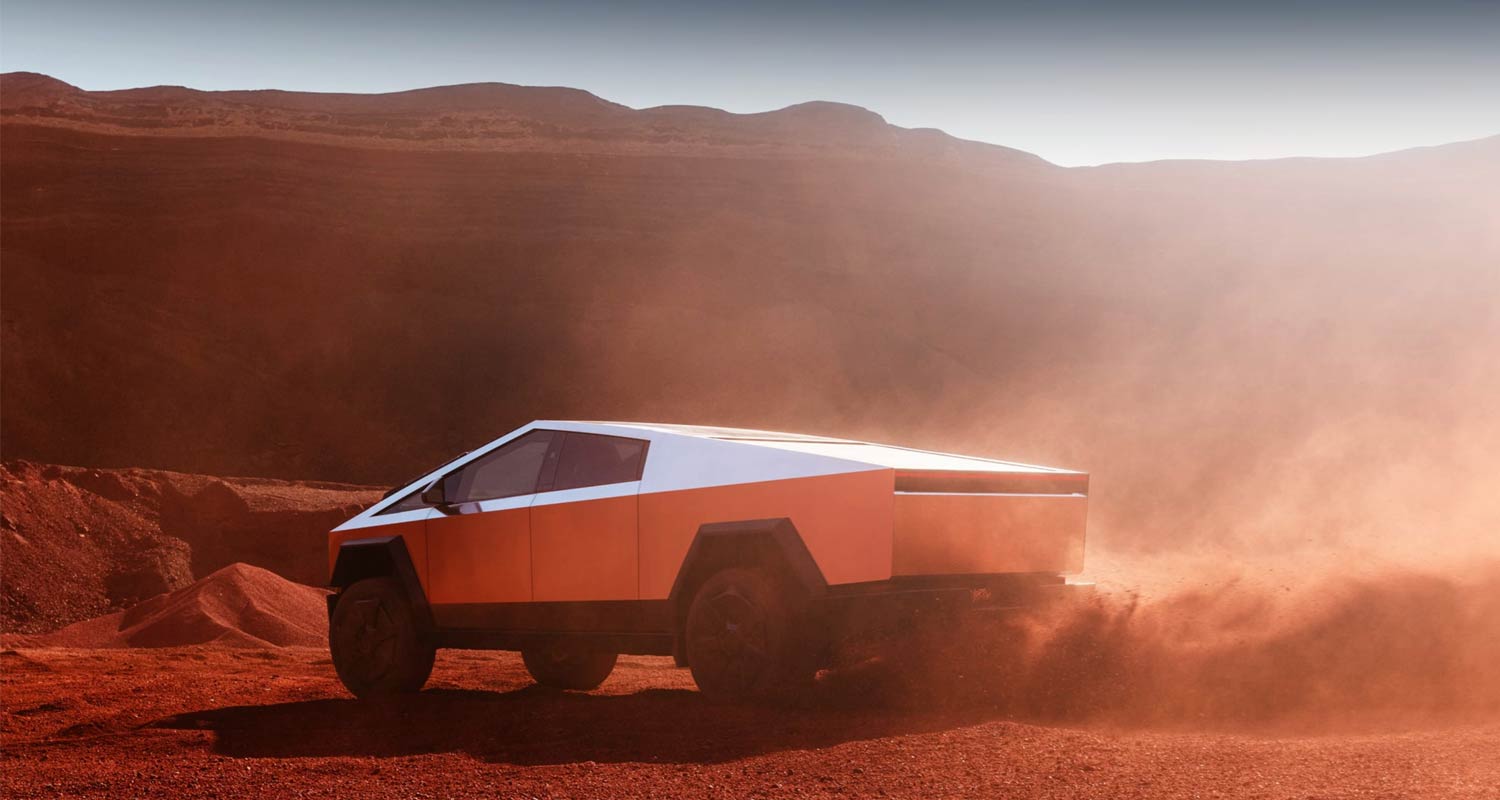 Henceforth, no company should ever say they are experiencing a slowdown. Tesla has redefined this experience as being “between two major growth waves”.
Henceforth, no company should ever say they are experiencing a slowdown. Tesla has redefined this experience as being “between two major growth waves”.
Full marks to whomever coined that surfer-dude promise of the doldrums soon giving way to another thrilling ride. Tesla’s infeasibly buoyant stock demands nothing less.
Tesla’s fourth-quarter results, which dropped on Wednesday evening, capped off a lacklustre year. Despite selling roughly half a million, or 38%, more vehicles in 2023, operating profit fell by a third. For that, blame a succession of price cuts to shore up demand, taking implied revenue and gross margin per vehicle down by 15% and 44%, respectively.
Moreover, having guided since early 2021 that annual growth in vehicle production would be 50%, compounded, it was clear that Tesla would likely miss that in 2024. Even before the results dropped, consensus estimates implied vehicle deliveries rising by just 21% this year.
This was all foreshadowed on the third-quarter results call when CEO Elon Musk responded to a question about the 50% growth target by essentially mocking the question:
I mean, the risk is stating the obvious. It’s not possible to have a compound growth rate of 50% forever, or you will exceed the mass of the known universe.
Hard to argue with that; forever is a long time. But how about just one more year? The universe could surely take another 2.5 million T-badged electric vehicles in its stride. As it was, the consensus for 2024 stood at just under 2.2 million vehicles. But that was before Tesla informed investors about its current position vis-a-vis the waves in lieu of providing an actual number.
Throughout the past year, as Tesla’s margins shrank and growth prospects dimmed, other narratives were deployed by both Musk and the more starry-eyed analysts to support the valuation, centred on artificial intelligence and robotics. One reason why Musk’s recent thinly veiled threat to take his AI visions elsewhere unless he gets a giant slug of new Tesla stock rings hollow is that he has made AI a critical pillar of Tesla’s valuation — and, therefore, the bulk of his own wealth.
Humdrum
On Wednesday evening, the narrative was centred more on the relatively humdrum question of a new car. Humdrum relative to humanoid robots, but absolutely vital to Tesla’s future. That same morning, with exquisite timing, a story broke on Reuters about Tesla telling suppliers it would begin production of a new mass-market EV in mid-2025, citing unnamed sources. Musk said on Wednesday’s call that production might begin in Texas in the second half of that year.
Tesla needs this cheaper EV — indeed, the industry does. The “next-generation” model’s absence from a big Tesla strategy presentation last March was the most talked-about aspect of that presentation; the vehicular equivalent of Gay Talese’s elusive, cold-stricken Sinatra.
Read: Elon Musk explains why Tesla hasn’t launched in South Africa
Much of the blame for slowing growth in EV sales in the US in general can be put down to a product line-up skewed towards expensive, often heavyweight models. Tesla’s recently released Cybertruck epitomises the problem and, given the money and effort diverted to its production, it represents a giant missed opportunity to expand the addressable market quicker. Musk boasted that demand for the Cybertruck is “off the hook” but eschewed offering any near-term numbers.

Meanwhile, even as some legacy motoring manufacturers struggle with electrification, others are producing well-regarded EVs or are about to release cheaper models. Similarly, Apple is reportedly scaling back ambitions for a long-rumoured EV project. While that might sound good for Tesla, if it does mean Apple finally releasing an EV, that would likely be a premium product competing directly with the Models S and X, both of which would be virtually classic cars in EV years by then.
Tesla can, of course, point to earlier growth — the first wave — and success in mainstreaming EVs. Plus, its vaunted approach to reducing the cost of EVs by reimagining their manufacturing is surely the right one. The company is capable and well-funded.
Yet, faced with the hard reality of these latest results, the benefit of the doubt here, never small, becomes overwhelming. Consider: Tesla began 2023 valued at $341-billion. Over the ensuing 12 months, earnings fell by 24% (excluding the fourth quarter’s non-cash tax benefit) and the consensus forward earnings estimate for Tesla dropped by 27%. Valuation today: $660-billion. That wave needs to be a tsunami. — Liam Denning, (c) 2024 Bloomberg LP




